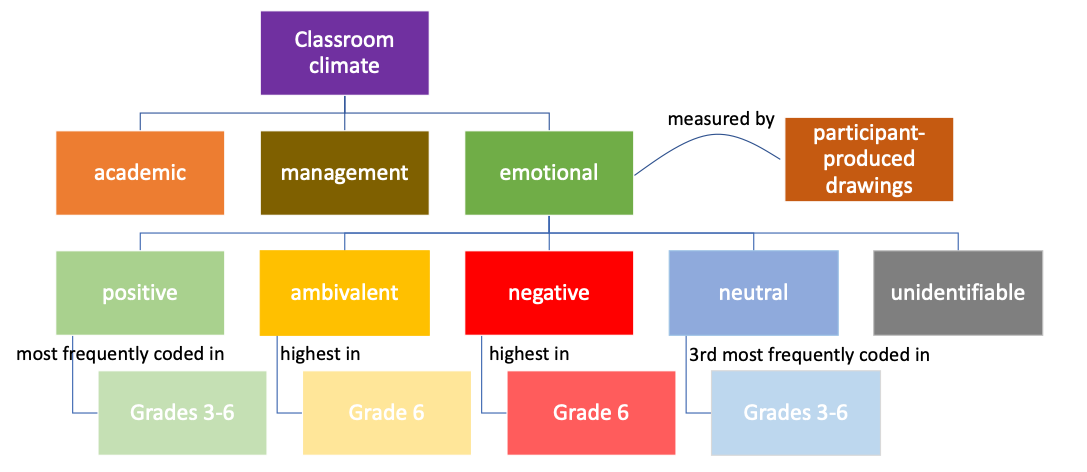Drawing out emotions in primary grade geometry: An analysis of participant-produced drawings of Grade 3–6 students
DOI:
https://doi.org/10.31129/LUMAT.9.1.1620Keywords:
emotional classroom climate, geometry lessons, mathematics-related affect, participant-produced drawings, primary educationAbstract
Research on psychosocial classroom learning environments has a strong tradition due to the early discovery of a relationship between positive classroom climate and academic performance and motivation, engagement, participation, and attitude towards school and teaching. Yet, more research is needed in this area due to the rich concept of classroom climate. In this paper, I focus on the emotional classroom climate in specific mathematics lessons, namely geometry lessons. The goals of this paper are threefold: (a) to present an analytical tool to determine the emotional classroom climate in geometry lessons using participant-produced drawings, (b) to provide insight into the emotional classroom climate in primary grade geometry lessons (Grades 3-6), and (c) to report on the differences and similarities between the grade levels regarding the emotional classroom climate. In total, 114 German primary grade students participated in the study. The emotional classroom climate was analyzed using participant-produced drawings. The results showed that the emotional classroom climate in all grades could be described as positive and relatively stable. However, positive emotional classroom climate dominated in Grade 3 geometry lessons only. Negative classroom climate was elicited in very few cases, if at all. Still, an ambivalent classroom climate (both positive and negative emotions) increased from the lower to the higher grades. Lastly, versatile implications for theory and practice are discussed regarding the methodology as well as possible future directions.

Downloads
Published
How to Cite
License
Copyright (c) 2021 Ana Kuzle

This work is licensed under a Creative Commons Attribution 4.0 International License.









